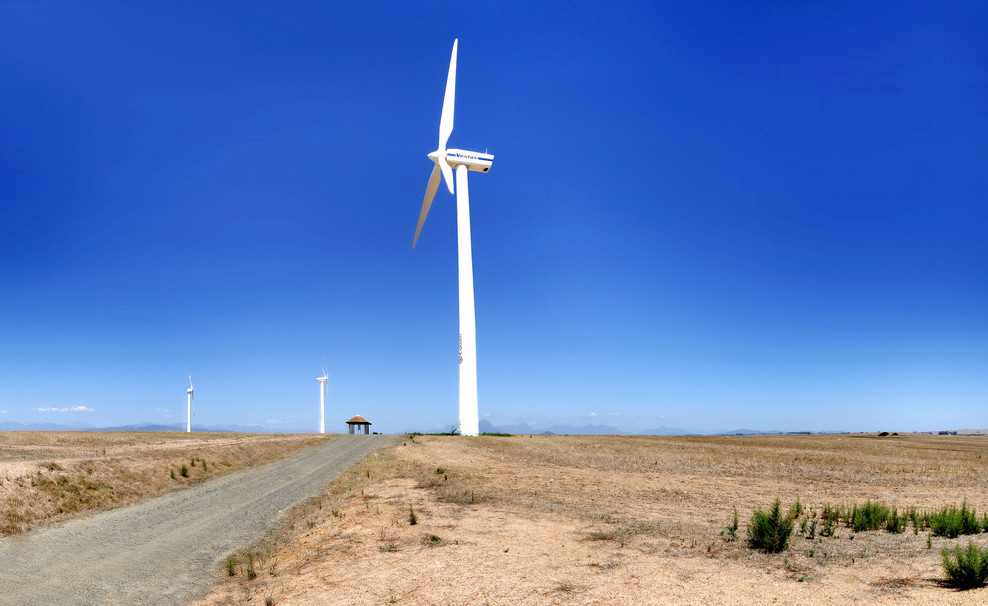An Inclusive Green Economy (IGE) is a tool for delivering sustainable development and a response to three sets of challenges facing humanity: persistent poverty, inequitable sharing of the growing prosperity, and overstepped planetary boundaries. How does this tool work?
The IGE contributes to the overarching goal of poverty eradication and shared prosperity by safeguarding planetary boundaries, some of which - climate, freshwater, ocean, and land, for example - are mirrored in the Sustainable Development Goals (SDGs) adopted at the UN Summit on Sustainable Development in September 2015. The planetary boundaries are, however, not to be taken passively in an IGE; they should serve as drivers for innovative solutions that not only respect ecological thresholds but also contribute to reduced poverty and shared prosperity. In Africa, for example, where more than 600 million people lack access to affordable and reliable energy, off-grid renewable energy technologies are generating health care, education and economic opportunities while avoiding carbon emissions, all important components of SDGs.

In the evolving theory of the IGE, such solutions and outcomes are to be generated through the transformation of economic growth, which is traditionally determined by the balance between the amount of goods and services produced and bought with little regard to how goods and services are produced. An IGE emphasizes accumulating a new generation of assets - renewable natural capital (e.g. freshwater, forests, and fisheries), clean physical capital (e.g. solar panels, wind turbines, public transport systems, and waste treatment/recycling/re-manufacturing facilities for a circular economy), human capital with green job skills (e.g. installation, operation and maintenance of energy efficient equipment), and social capital (e.g. equitable access to justice, social services, and opportunities, social safety nets, and social protection floors) – in order to produce all goods and services in an environmentally friendly manner while ensuring decent work and social inclusion (the appropriate mix – i.e. complementarities and trade-offs – among these assets for producing a given product or service requires research on a case- by-case basis). At the same time, to induce the transformation of production, an IGE also promotes the switch of consumption, investments, public spending, and trade towards the goods and services produced with the new generation of assets.
These systemic changes do not typically take place automatically. Amazonian forests sequester carbon and host biodiversity for the benefit of humanity at large. Individuals, businesses, and even governments of the Amazon region might not consider it fair for them alone to invest in forest conservation. Owners of properties might not be interested to invest in green buildings if the tenants are the ones to benefit from reduced utility bills. Consumers might not want to buy energy-saving appliances if the initial costs are significantly higher than the regular ones. Businesses might find it an antithesis to invest in the production of durable products.
This is why policies are essential for incentivizing actions. Many policies can all fit the bill, but we place a particular emphasis on those that can mobilize finance for building the new generation of assets or re-shaping the patterns of consumption, investment, public spending, and trade, or both. Examples include fiscal policy (e.g. reform of fossil fuels can encourage energy efficiency in both consumption and production), industrial policy (e.g. government spending on R&D for renewable energy technologies), sustainable public procurement, labour training, social safety nets, and trade liberalization for environmental goods and services, among others. Other policies such as rules, regulations, and standards remain important as ever should complement the IGE policies that focus more directly on mobilizing finance for the transition towards an IGE.
Ultimately, we need an integrated and inclusive policymaking approach reflected at the levels of policy goals and targets, policy choices, policy impacts, and policy participation by stakeholders across sectors.

